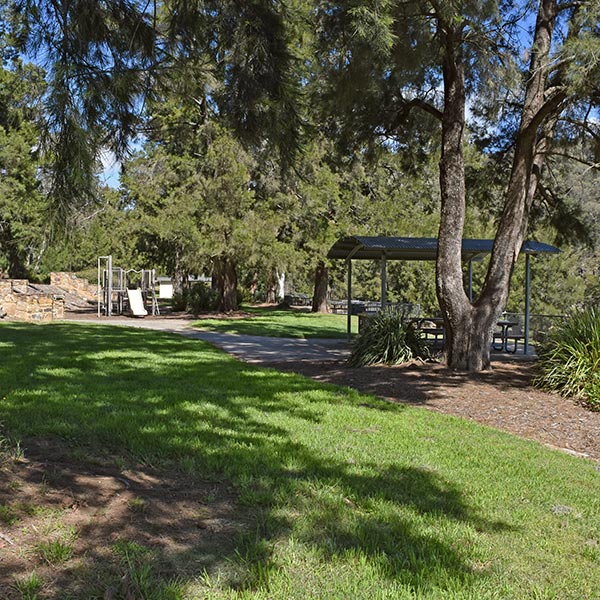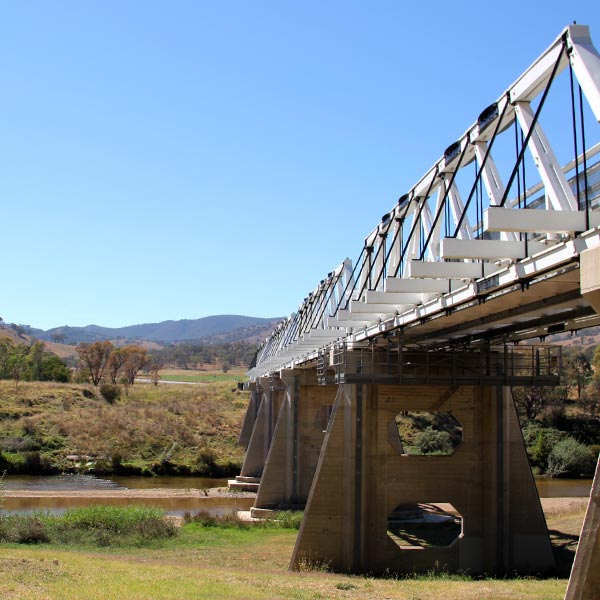The Murrumbidgee River flows for 1,600 km from its headwaters in Kosciuszko National Park to its junction with the Murray River near Balranald in NSW. The Murrumbidgee River and its catchment are a significant part of the Murray–Darling Basin.
The Ngunnawal people and other First Nations peoples along the corridor of the Murrumbidgee have maintained a special connection to this waterway for tens of thousands of years. Today this waterway supplies water for people, agriculture, and the natural environments and wildlife along its length.
Around 66 km of the river's journey is through the ACT, from Angle Crossing in the south to past Uriarra Crossing in the north. The river and a varying-width strip of land on either side make up the 9,800 hectares known collectively as the Murrumbidgee River Corridor, which includes 5 nature reserves and 8 special purpose reserves.
The corridor is rich in Ngunnawal and European heritage. The ACT Heritage Register has more than 370 Aboriginal heritage sites and several historic European heritage places located in the Murrumbidgee River Corridor. Aboriginal heritage sites are predominantly stone artefact scatters or isolated stone artefacts, but also include 4 rock shelters and 9 scarred trees.
All Aboriginal places and objects in the ACT are protected under the Heritage Act 2004 and must not be disturbed. Aboriginal places and objects within reserves are additionally protected under the Nature Conservation Act 2014. Anyone finding an (unregistered) Aboriginal object or place has an obligation to report it to the Heritage Council.





